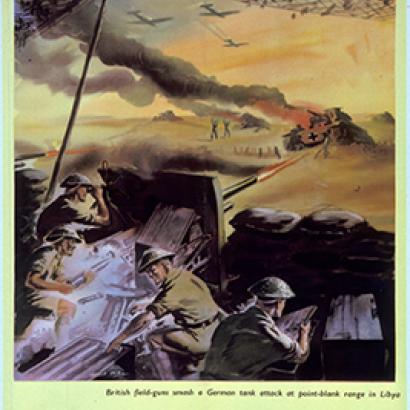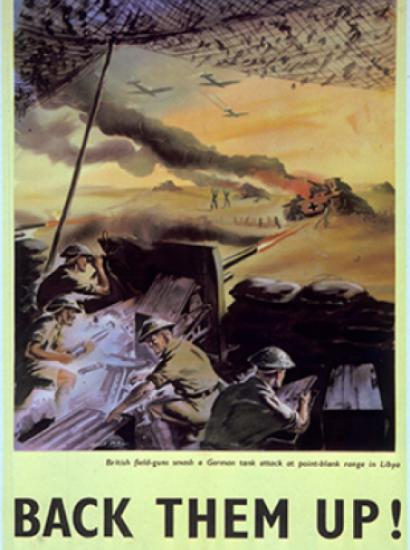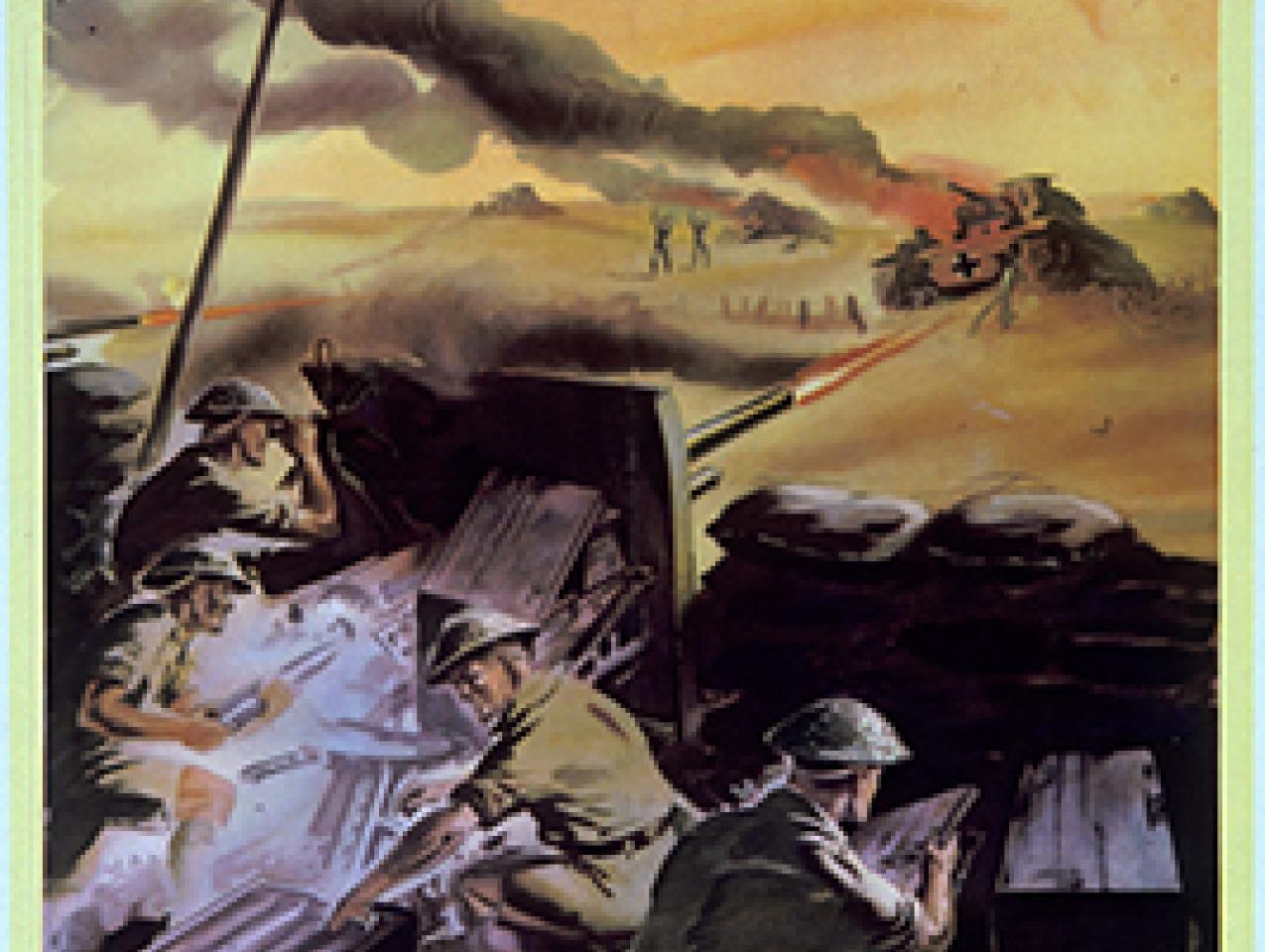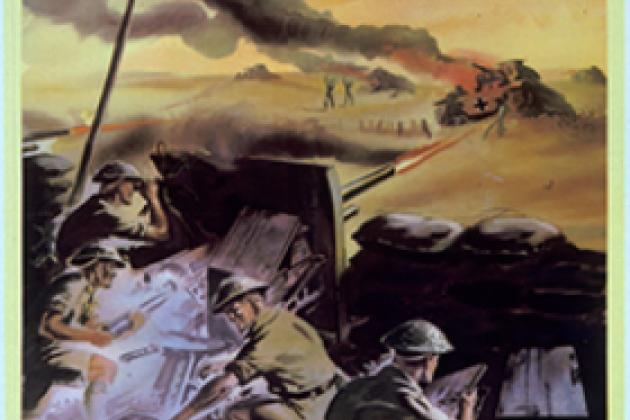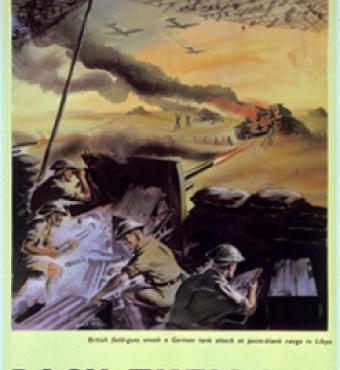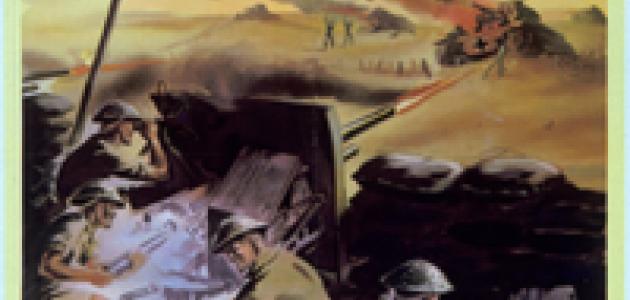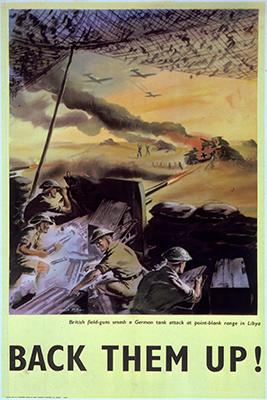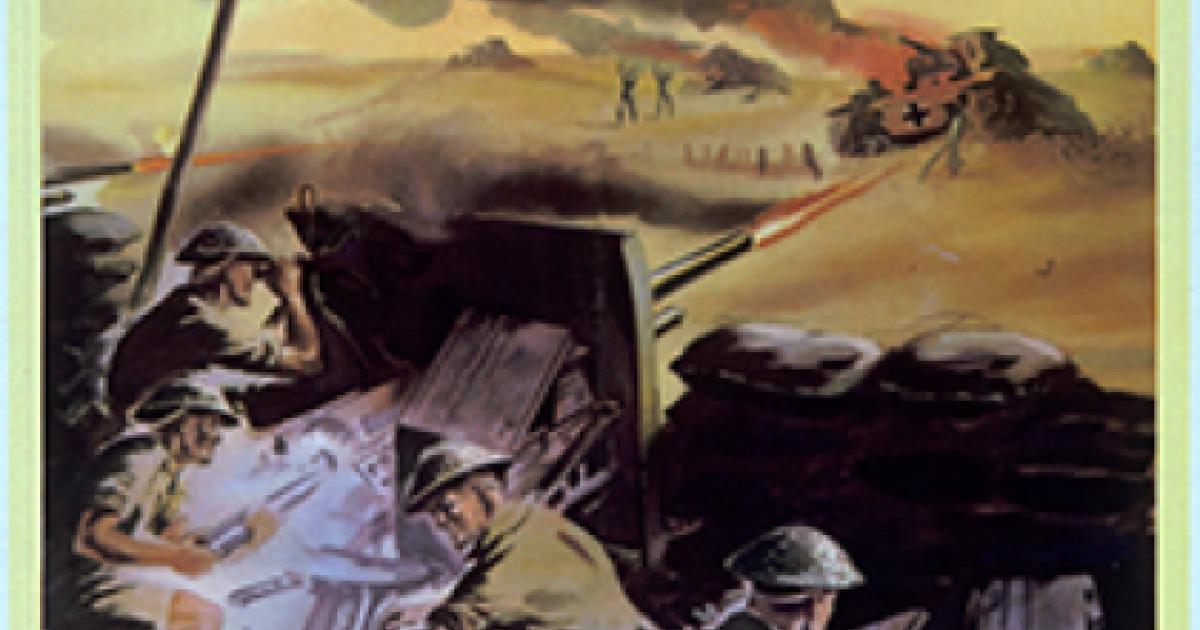- History
- Military
- Contemporary
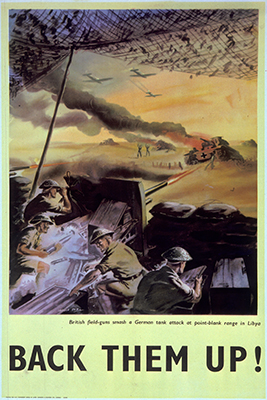
As the forces of Libyan warlord, self-promoted General Khalifa Haftar, sweep out of Cyrenaica to close on Tripoli, the weaponry has changed but the patterns of military movement remain roughly the same as they have for four millennia. A former Qaddafi officer who sought exile in Virginia and became a U.S. citizen, Haftar now leads the distinctly un-national Libyan National Army (LNA) from a stronghold in eastern Libya. Backed overtly by Egypt, which wants Haftar to crush Libyan Islamists and the Muslim Brotherhood, the LNA is supported covertly with arms and trainers by a Russian government with an appetite for new allies. The United Nations prefers the teetering “legitimate” government in Tripoli, also recognized by the United States.
Various ethnic, regional or Islamist militias are in the mix of shifting alliances. Haftar’s aircraft just bombed and closed Tripoli’s international airport. LNA gun jeeps line up by the hundreds on nearby highways as Haftar’s looted flatbeds haul Cold-War-era Russian tanks to the front.
On the international stage, diplomats pass resolutions and wring their hands. Haftar does what he wants. The prize is Libya’s oil, which confers wealth, power, and strategic influence (as always, the local people are an afterthought and thousands have been made refugees again).
Nothing new here. When we think of traditional invasion routes, the great plain stretching from the Urals to the Rhine leaps to mind, then, perhaps, the other routes into Europe through Thrace and the Pannonian Plain. But the world’s oldest and most-enduring invasion route may well be the one that follows the North African littoral from the Nile to the Strait of Gibraltar. Today, the prized commodity is oil. Three millennia back, it was grain. In between, lay the lure of magnificent cities at the apogee of their civilizations.
Haftar’s gun jeeps were preceded, in the last century, by the tanks of the Afrika Korps and the finally victorious British Eighth Army. But thousands of years earlier, pharaonic chariots and plodding foot soldiers crossed the coastal plains on their westward expansion. Greeks, Carthaginians, Romans, Visigoths, Arabs, Mamelukes, and Ottomans followed, with hapless Crusaders, the Portuguese and Spanish, Napoleon, the French Republic, Britain (on the Nile), and late-to-the-party Italian empire-builders mucking about in their tracks. Even the U.S. Marine Corps put in a cameo appearance, followed a century later by the bumbling-but-learning U.S. Army that recoiled in shock from the Kasserine Pass before, finally, reaching the coasts of Barbary. North African grain fed Rome. Today, the region’s oil helps fuel Europe. And modern-day would-be pharaohs, proconsuls, emperors, emirs and beghs and viceroys—recast as “presidents” to suit the times—rise and fall and die and disappear.
And of all the past empires that once triumphed, only ruins remain.
Ralph Peters’ latest book, Darkness at Chancellorsville, will be published on May 21st.







